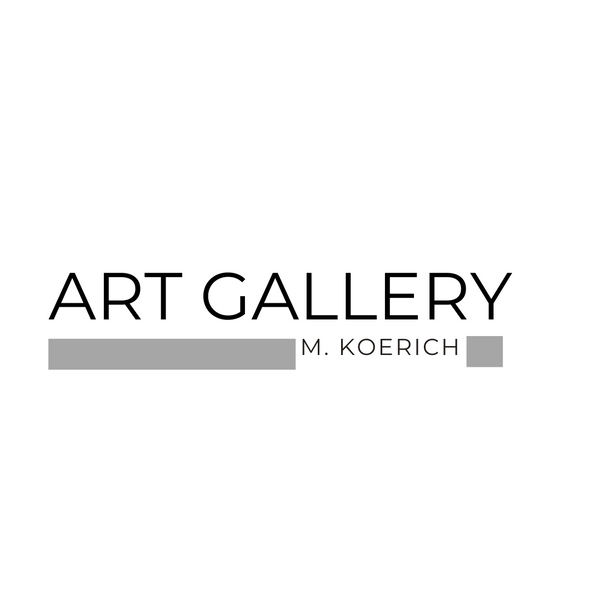
Where the City collects: The geography of contemporary art on São Paulo
Share
The consumption of contemporary art in São Paulo reflects the city’s diversity and cultural vitality. In neighborhoods such as Pinheiros and Itaim Bibi, the growing presence of art galleries has redefined how the public engages with artistic practices. These spaces go beyond selling artworks; they serve as places of gathering, reflection, and aesthetic experimentation. Moving through studios, fairs, and exhibitions in Pinheiros reveals a new generation of collectors interested not only in acquiring works but also in living the cultural experience that surrounds contemporary art.
In Itaim Bibi, the corporate and cosmopolitan rhythm coexists with an expanding artistic scene. Art galleries housed in modern buildings or hybrid spaces establish a dialogue between business and aesthetic sensibility. Here, contemporary art aligns with a lifestyle concept, occupying cafés, rooftops, and even corporate lobbies. The Itaim Bibi audience values experience — seeking artworks that capture the city’s spirit: multiple, fast-paced, and innovative.
In Jardins and Jardim Europa, the consumption of contemporary art maintains a historical connection with sophistication and traditional collecting. The art gallery in these neighborhoods acts as a guardian of refined taste, offering curations that combine established names and emerging talents. Among tree-lined streets and iconic addresses, Jardins and Jardim Europa have become prestigious territories where contemporary art represents both cultural capital and a sense of belonging.
The Bela Vista neighborhood, in turn, presents a more democratic and vibrant approach to contemporary artconsumption. Its independent art galleries and artist collectives have emerged as spaces of resistance and experimentation, bringing together creators from diverse backgrounds. The area, with its mix of popular traditions and bohemian life, embraces new languages and formats, broadening access to contemporary art and connecting audiences with local production. In Bela Vista, art spills onto the streets, façades, and public interventions that engage directly with the city’s memory.
The av. Paulista, São Paulo’s symbolic axis, encapsulates the many ways of experiencing contemporary art in the city. Between museums, cultural centers, and private art galleries, the avenue attracts a diverse audience of tourists, students, and professionals who integrate art into their everyday routines. The av. Paulista serves as a meeting ground between tradition and avant-garde, a space where institutional and experimental expressions coexist, reflecting the cultural rhythm of the metropolis.
Together, neighborhoods such as Pinheiros, Itaim Bibi, Jardins, Jardim Europa, Bela Vista, and the av. Paulista form a dynamic map of São Paulo’s contemporary art consumption. Each area contributes its own identity — from the creative informality of Pinheiros to the elegance of the Jardins, from the entrepreneurial energy of Itaim Bibi to the cultural diversity of Bela Vista. Within this urban mosaic, the art gallery reaffirms itself as a space of dialogue and transformation, consolidating São Paulo as one of Latin America’s most vibrant centers for contemporary art.
_____________________________________________________________________
The consumption of contemporary art in São Paulo reflects the city’s diversity and cultural vitality. In neighborhoods such as Pinheiros and Itaim Bibi, the growing presence of art galleries has redefined how the public engages with artistic practices. These spaces go beyond selling artworks; they serve as places of gathering, reflection, and aesthetic experimentation. Moving through studios, fairs, and exhibitions in Pinheiros reveals a new generation of collectors interested not only in acquiring works but also in living the cultural experience that surrounds contemporary art.
In Itaim Bibi, the corporate and cosmopolitan rhythm coexists with an expanding artistic scene. Art galleries housed in modern buildings or hybrid spaces establish a dialogue between business and aesthetic sensibility. Here, contemporary art aligns with a lifestyle concept, occupying cafés, rooftops, and even corporate lobbies. The Itaim Bibi audience values experience — seeking artworks that capture the city’s spirit: multiple, fast-paced, and innovative.
In Jardins and Jardim Europa, the consumption of contemporary art maintains a historical connection with sophistication and traditional collecting. The art gallery in these neighborhoods acts as a guardian of refined taste, offering curations that combine established names and emerging talents. Among tree-lined streets and iconic addresses, Jardins and Jardim Europa have become prestigious territories where contemporary art represents both cultural capital and a sense of belonging.
The Bela Vista neighborhood, in turn, presents a more democratic and vibrant approach to contemporary artconsumption. Its independent art galleries and artist collectives have emerged as spaces of resistance and experimentation, bringing together creators from diverse backgrounds. The area, with its mix of popular traditions and bohemian life, embraces new languages and formats, broadening access to contemporary art and connecting audiences with local production. In Bela Vista, art spills onto the streets, façades, and public interventions that engage directly with the city’s memory.
The av. Paulista, São Paulo’s symbolic axis, encapsulates the many ways of experiencing contemporary art in the city. Between museums, cultural centers, and private art galleries, the avenue attracts a diverse audience of tourists, students, and professionals who integrate art into their everyday routines. The av. Paulista serves as a meeting ground between tradition and avant-garde, a space where institutional and experimental expressions coexist, reflecting the cultural rhythm of the metropolis.
Together, neighborhoods such as Pinheiros, Itaim Bibi, Jardins, Jardim Europa, Bela Vista, and the av. Paulista form a dynamic map of São Paulo’s contemporary art consumption. Each area contributes its own identity — from the creative informality of Pinheiros to the elegance of the Jardins, from the entrepreneurial energy of Itaim Bibi to the cultural diversity of Bela Vista. Within this urban mosaic, the art gallery reaffirms itself as a space of dialogue and transformation, consolidating São Paulo as one of Latin America’s most vibrant centers for contemporary art.
